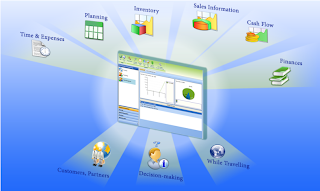Chapter 20
Writing as a team
Writing often involves taking chaos of all information and turning the chaos and summarizing into something that makes sense and makes everyone happy.
Things to keep your writing team motivated:
- Break large projects into manageable sections.
- Promote group thinking.
- Risk assessment
- Set deadlines and alternatives
- Follow through with team's agreement, don't drop the ball and run.
- Be flexible, it may take some writers 6 hours to do what you want and others 10.
- Let them know when they do something that you like, so they know for future projects what works.
- Let your writers, who know the subject or product well, help you figure things out, their hours and hours of research should be put to good use.
- Good writers should also be good researchers, ask them to explore some ideas, data analysis or strategies.
- Let the team work how they work best. Build a diversified team.

Five ways to improve your team's writing skills:
- Place a value on writing
- Don't try to fix bad writers
- Attend your own writing workshops
- Offer ongoing coaching and training
- Celebrate success
Chapter 21
Presenting as a team
Teamwork and also team involvement is necessary when presenting as a team. Nothing much different compare to individual presentation except for some few guidelines below:
- Practise as a team - prepare your material and go through a preliminary presentation together.
- Introduce yourself and team members
- Prepare an introduction slide of agenda and presenters' name.
- Plan clear transitions between speaker segments and supporting data - prepare appendix
- Double check visual aids capability by performing inspection and also be early to prepare
- All team members should be available for the Q & A session
- List down all the notes, additional data and queries.


 Speech anxiety is related to emotional and physical stress. It is a normal feeling for human being.
Speech anxiety is related to emotional and physical stress. It is a normal feeling for human being.







